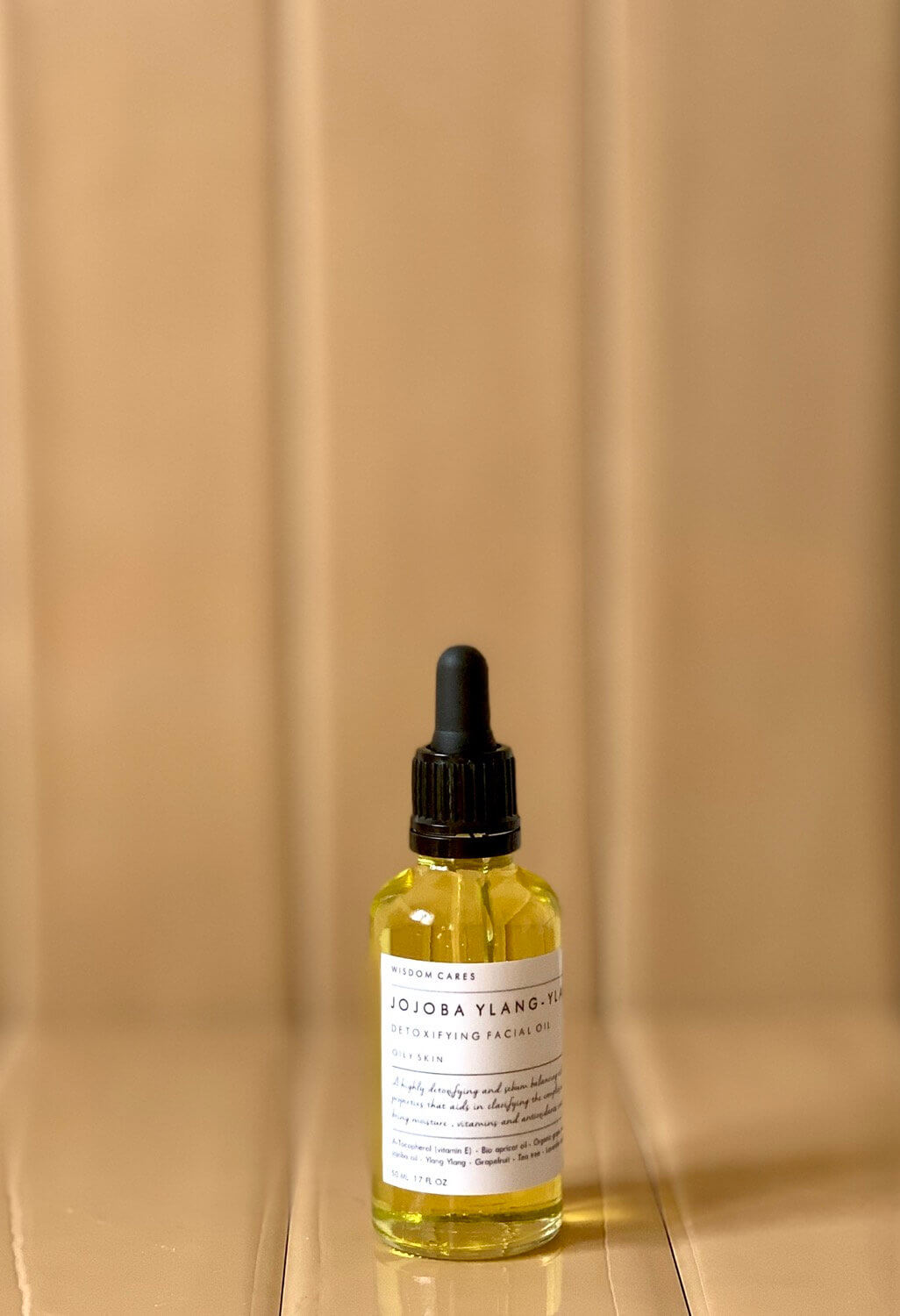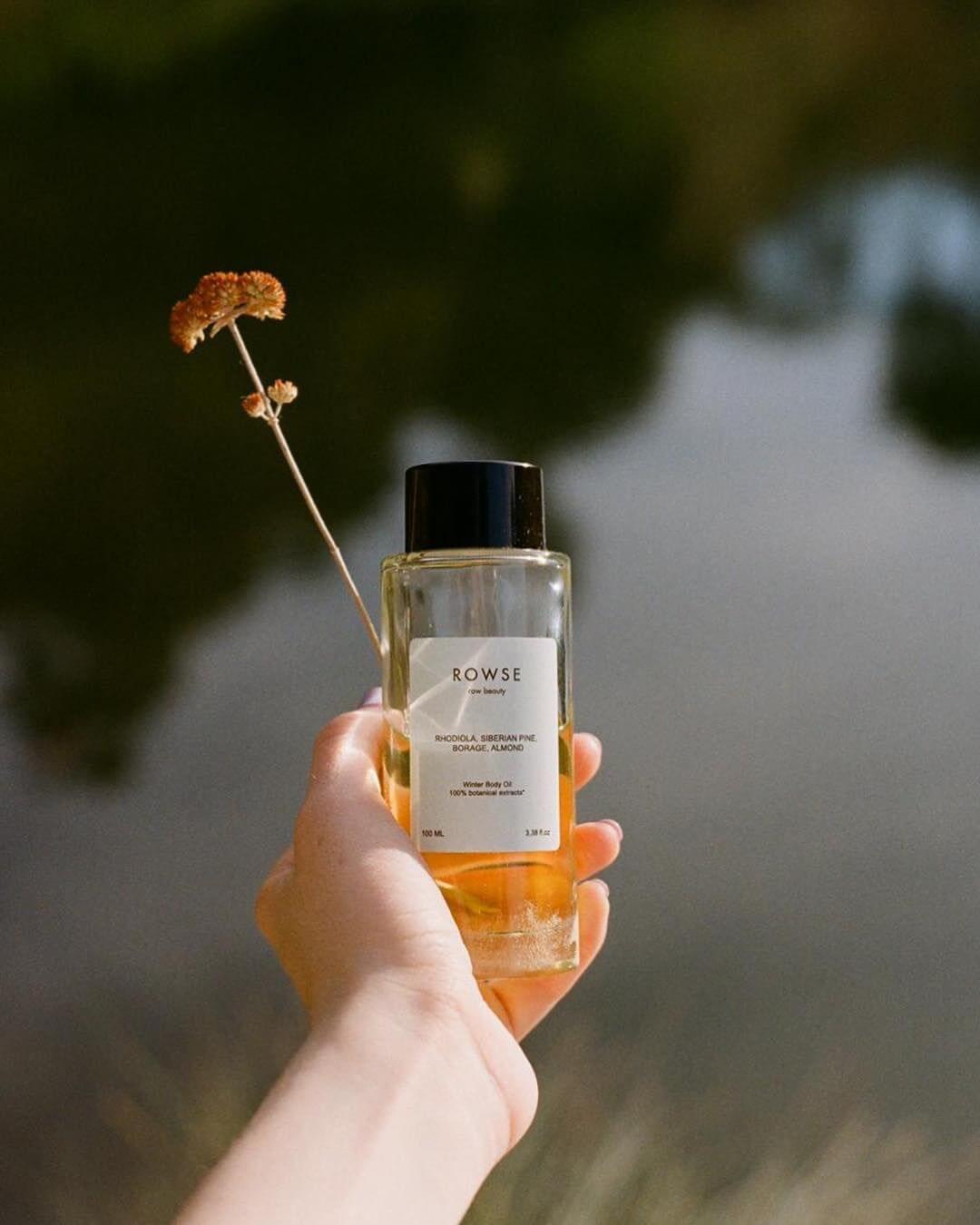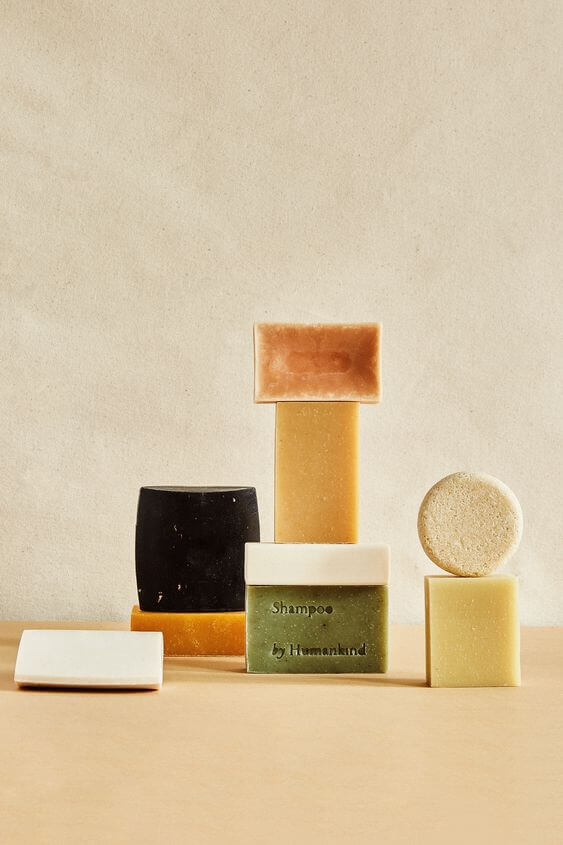Differences between natural cosmetics, ecological, sustainable,…
Maria Abajo
The problem arises when we find ourselves in a market as large and confusing as that of “green” cosmetics: an increasing number of brands appear to be “better” either because of their advertising claims (“natural”, “bio”, “ecological”, “without parabens or artificial perfumes…”, “sustainable”, “cruelty-free”, “vegan”…) or simply because their packaging makes us believe that it is a more natural or healthy product.
But what do these claims mean? The majority of consumers, lost in the face of so much choice and confusion, tend to either choose according to what they feel most confident about aesthetically or trust the recommendations of a friend, who in turn will probably have chosen in the same way, that is, without really understanding what they are buying.
If we add to this the fact that the vast majority of advertising claims are misleading at least in part, the task of choosing the product that is most suitable for us (or that best matches our values) becomes a real fieldwork. Do not despair. With a little study you can learn what is necessary to understand enough of the subject and not be fooled. One of my objectives with these articles is to facilitate that learning.
In order to know how to choose between “green” cosmetics, the first thing to do is not to mix concepts. Let’s know what the most common ones mean.
1. Natural Cosmetic
The natural ingredients are those found in nature. They are in contrast to synthetic ingredients, which must be artificially produced by man because they cannot be found in nature.
Not everything natural is good nor everything synthetic is bad (as we saw in my previous articles “Conventional Cosmetics vs. Natural Cosmetics”), but we can affirm that the best for the skin and for our organism is almost always natural.
A dry “natural” ingredient does not guarantee anything about how it was produced. The reality is that production and extraction systems for natural ingredients leave much to be desired in most countries. Therefore, a natural ingredient may contain toxic substances such as herbicides, pesticides or heavy metals and have been produced with negative consequences for the environment or other living beings.
It is also important to keep in mind that “natural” does not mean that all the ingredients of the product are natural. As the use of the term is not legally regulated, in practice, products that contain only some natural ingredients, or sometimes even just one, along with other synthetic ingredients, are called “natural”.
2. Organic, ecological or bio cosmetics.
If an ingredient is ecological, biological or organic – although these 3 terms are also confusing, they are equivalent – it is because it has been obtained through controlled cultivation systems, without pesticides or harmful substances, and more respectful of the environment. Therefore, it is not enough that something is “natural”, but we must also seek to be ecological.
One should not go crazy demanding 100% organic ingredients, because the fact that an ingredient is not organic does not in itself imply that it is not good. But we should look at the proportion of organic ingredients in the product that is defined as “organic” because most have only a few organic ingredients. This is because, unlike what happens in food, in cosmetics these terms (natural, ecological, etc.) are not regulated and manufacturers can use them in their claims as they see fit.
3. Vegan cosmetic
If a product is vegan, it does not contain anything of animal origin. In beauty and cosmetic products the ingredients are usually already mainly of plant (or synthetic) origin. Although some are used, it is not common for a beauty product to carry a very relevant proportion of animal origin ingredients. Unlike what happens with the claims “natural” and “organic” the term “vegan” is used absolutely: if a product is claimed to be vegan it should not contain a single ingredient of animal origin.
4. Sustainable cosmetic
“Sustainable” is a controversial concept, which is used with different meanings. In Beauty, which is what interests us here, it usually means that the product is more respectful of the environment. Nor is there a general definition of criteria to understand when it is more respectful of the environment. In addition, there are many aspects in which a company can be sustainable or not, and it is usually impossible to meet all of them perfectly.
For all these reasons, the flexibility with which this term is used is already excessive (not to say embarrassing). For example, some claim to be sustainable because the product tries not to contain ingredients that are too toxic to the environment (which, while not implying total sustainability, is already a step). But others claim to be sustainable simply by a small gesture, such as the fact that the packaging contains less plastic than usual or a less environmentally friendly plastic. And while they neglect all other aspects of their production and business, they claim to be sustainable. The reality is that the term “sustainable” is serving to make people believe that the product meets all the expectations of a “conscious” consumer (healthy, vegan and sustainable in all aspects) when in fact it does not meet most of them and simply an aspect of their production or the activity of the company that manufactures it has been improved.
5. Cruelty-free.
It means that the final product has not been tested on animals. It does not imply that the product is vegan.
6. Clean cosmetic
We hear more and more of this term in the sense of a product that is “clean” of ingredients or components that are harmful to our health or the environment. Although it is a colloquial term that everyone uses in one way or another, talking about “clean” cosmetics usually implies that the product is at least natural. Often the claim refers to the fact that the product also meets all or several of the above criteria (-no synthetic or toxic-, sustainable, organic, vegan and not tested on animals).
Personally, I also use it in this last sense, for practical reasons: if I say that a product is “clean” I mean that it is natural, ecological and does not contain any synthetic or potentially harmful ingredients for health (as far as possible, because in some specific products some risk is unavoidable). I do not include in the concept “clean” that it is sustainable because, although of course I look for what is, it is very difficult to comply with everything and, above all, to be 100% sustainable.
With these clear concepts, everyone can at least decide what claims they want to claim on the products they purchase. The next challenge is to verify whether the claims contained in the products on the market are true or misleading. Although it’s not easy to do a total check, we can do more or less simple verifications that will allow us to make a good filter. In the next post we will start talking about it.
Connie B. (@connie_wrocks)





